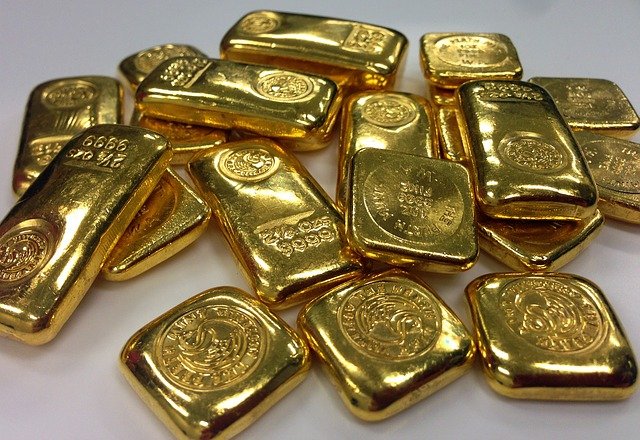The Corona pandemic has brought gold even more into focus as a stable value investment, and it has always been highly sought after in all cultures. One reason for this is the material properties of gold, which are so exceptional. In addition to its sparkling appearance, gold also shines with its high durability. It is virtually free of oxidation and corrosion and can consequently be used in a wide range of applications.
However, the high value of gold can also be attributed to its limited resources. Many experts believe that commercially recoverable gold reserves are gradually running out, and statistics on global gold production seem to confirm this. But how big are the gold reserves really still and how did the valuable precious metal actually come into being?
Its origin is probably in space
Where the gold inside the earth originally came from is still not fully understood. A theory also favored by scientists assumes that gold particles arrived on Earth through the explosion of a supernova.
But even in the earth’s interior, gold has come a long way before it can be mined at all.
A vein of gold emerges
Originally, all the gold was in the magma. The liquid rock circulates at high temperatures of 700 to 1250 degrees Celsius under the tectonic plates and only finds its way to the earth’s surface through increasing pressure during volcanic eruptions.
However, the high pressure and temperatures in the earth’s interior ensure that the water vapor present in it evaporates and passes through tiny cracks and fissures into the cooler upper rock layers, where it comes into contact with the groundwater.
Gold and silver atoms are dissolved in the water vapor from the magma and crystallize in the cooled rock layers. Some of the gold veins formed in this way, i.e. rock layers in which crystallized gold and silver atoms have been deposited, only come to the surface after many millions of years as a result of the slow shifting of the tectonic plates. Others remain trapped in the rock.
In 2020, a total of about 3200 tons of gold were mined worldwide. By far the largest amount of gold is mined at the 10 largest mines. However, smaller and less profitable mines account for only a small percentage of the gold mined.
With around 115.8 tons, Nevada Gold Mine (USA) is currently by far the most profitable mine. For example, the second-ranked Muruntau Mine in Uzbekistan produces only about 66 tons of gold annually, and the third-ranked Olimpiada Mine in Russia produces only 43.2 tons.
However, many experts doubt whether in the long term the amount of gold currently mined annually will continue to be so high. Most of the large mines have been in operation for many years, so yields are more likely to decline in the future. Experts estimate that around 77 percent of all available resources have already been mined.








